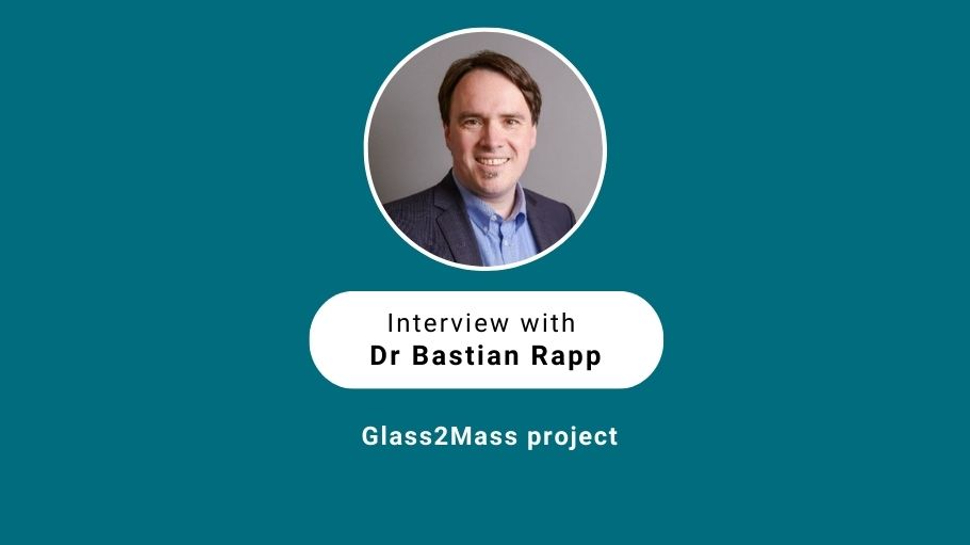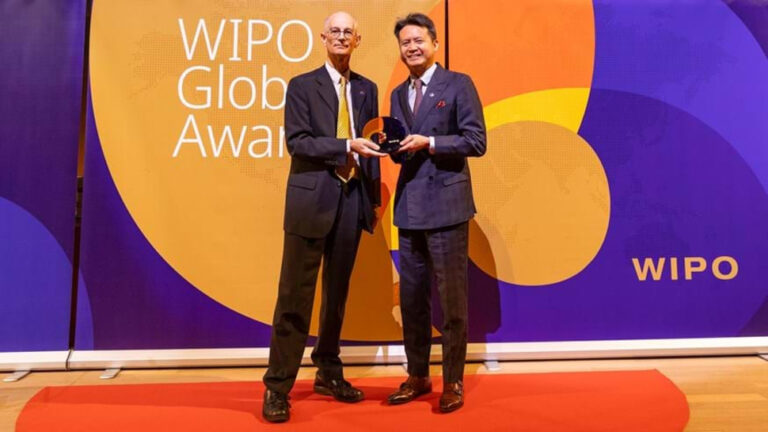Glass is one of the most important materials of the 21st century, and despite millennia of use, its processing techniques have remained largely unchanged for decades. The team of Glass2Mass, an R&D&I project from ATTRACT phase 2, have invented a worldwide unique process where they can shape fused silica glass at near room temperature using two-photon lithography and UV Nanoimprint Lithography (UV-NIL).
As a part of the interviews series on Intellectual Property (IP) that the ExSACT team has conducted, here you can learn more about the Glass2Mass project through its coordinator, Dr Bastian Rapp, Professor of Process Technology and head of NeptunLab at the University of Freiburg, and Chief Technical Officer at Glassomer.
Get to know more about the Glass2Mass project:
Interview with Dr Bastian Rapp
ATTRACT phase 2 project: Glass2Mass
What is the Glass2Mass project and what is your role?
I am Bastian Rapp, and I am the coordinator of the Glass2Mass project. In the last month, we developed an easier process to get to glass components for mass-market manufacturing. We have developed a novel methodology to make glass components using polymer shaping technology and within this project, we will develop a technique based on a process known as nanoimprint lithography, which allows us to make high-precision optical components in a pretty fast manner using our material technology.
In the consortium, we have a couple of companies that are active in the field, including Nanoscribe GmbH & Co. KG, one of the market leaders in the field of high-resolution 3D printing by direct laser writing; EV Group E. Thallner GmbH, which is one of the market leaders in the field of nanoimprint lithography instrumentation; OSRAM Opto Semiconductors GmbH, a company in the field of projection, optics, and illumination, which is interested in using this technology for making components, optical components mostly, for a pretty wide range of applications that actually require the use of high-quality glasses for high radiation doses or light sources with pretty high intensity.
Glassomer and Nanoscribe are SMEs, and EV group and OSRAM are big companies. Do you notice a difference in the size of the companies?
The larger companies, obviously have a significantly higher inertia. Moving budgets, moving clearance for projects, assigning folks to projects, is done in a completely different way from the SME perspective where you basically have a project, and you pull in the folks that have the most fitting competencies that actually work on the project. Large companies always need to budget everything, including technicians that run regular maintenance jobs on machines, for example, because that’s just the way that they budget. The decision process within the larger companies is significantly more challenging than in the small SMEs.
As a coordinator, how have you established connections with these companies?
We knew them already from prior work. With Nanoscribe, we had a project together in ATTRACT phase 1. We identified this as a market need because we have many different projects that require high-precision optics, but at lower cycle numbers. And we always wanted to have nanoimprint lithography as a technology for doing that. When ATTRACT phase 2 came along, we pulled everyone together and said that we should sit together and write this project proposal because we have all the pieces. Each one has one key technology in order to make it happen, so let’s make it happen. And that is how that came about.
What is your strategy for intellectual property management? Have you foreseen specific IPs when creating the project?
Within ATTRACT, we are relatively speaking not a large project. We are one of the smaller types of projects, not the €2 million, but the half million Euro project funding. In our collaboration agreement, we said that any Intellectual Property (IP) developed by one partner will remain within the realm of that one partner. There would be no implied IP. If IP was shared on a shared development innovation, then obviously. To be very frank, because its various partners coming together, each chipping in their piece of technology and novelty, we didn’t really foresee this as a great problem. When foreign background IP is clearly laid out, which it is in this case, then it’s not really a big problem.
On the actual material shaping and formulation technology, Glassomer has a pretty broad IP, which was already established previously, so there were no big questions as to who would be owning the IP. We didn’t go into potential monetization or commercialization strategies on a larger scheme at this point, because we wanted to run this project and see what we end up with, and if something really good comes out of it, then we will be figuring out a way to monetize that. It is not that complicated for the technology providers to work together and for each to bring in their technology.
Read the full interview here.
For more information: visit the ExSACT project site.


